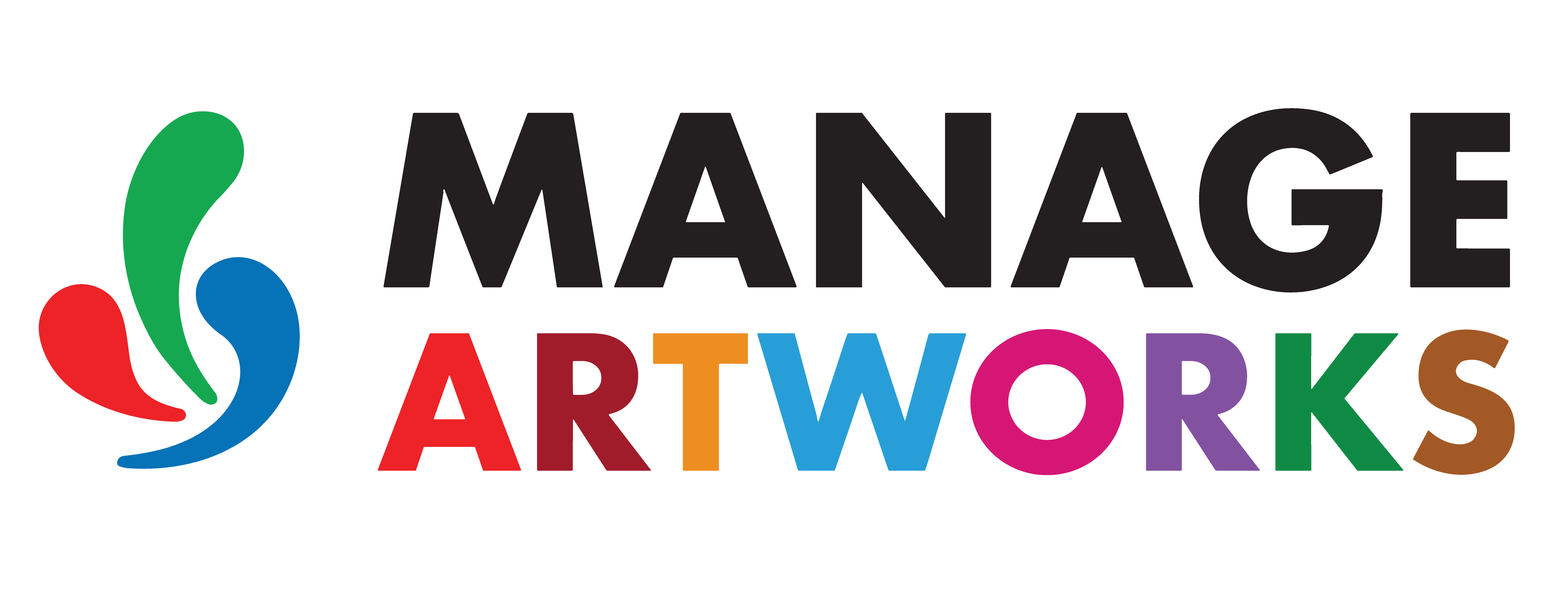Text in PDF
In a PDF, text is not stored as a continuous stream of characters or sentences like in a Word document or HTML page. Instead, it is represented as a series of glyphs — visual shapes of characters — each placed at a specific coordinate on the page. This positional model gives designers full control over layout and typography but introduces complexity when extracting or analyzing text for proofing.
How Text Is Represented in PDFs
Each visible word or letter in a PDF is drawn using precise coordinates (x, y) on a page. The document does not retain natural reading order, paragraph structure, or word spacing metadata. As a result, proofing tools must reconstruct the text logically before performing comparisons or validations.
Common Challenges with Text in PDFs
| Challenge | Description |
|---|---|
| Coordinate-based positioning | Text elements are placed using fixed x–y coordinates. This means content is visually aligned but not stored in a left-to-right, top-to-bottom sequence, making extraction order unpredictable. |
| Rotated or skewed text | Designers often rotate or skew text for artwork effects or label layouts. Without interpreting these transformations, extraction tools may ignore or misread such text. |
| Spacing inconsistencies | The visible space between characters may not represent an actual space character. This can cause words to merge or split incorrectly when extracted. |
| Grouped text streams | PDFs may combine multiple words or lines into text streams that lack clear word or sentence boundaries. This makes it difficult to separate logical text segments. |
| Reconstruction requirements | To restore readable text, proofing tools must reorganize glyphs by analyzing their relative positions and spacing, often requiring heuristic or rule-based reconstruction. |
Why It Matters for Proofing?
Since proofing workflows depend on accurate text extraction for comparison, spell-checking, and quality verification, these positional and structural challenges can affect accuracy. If text isn’t reconstructed correctly:
- Words may appear jumbled or out of sequence.
- Rotated or angled content may be ignored.
- Spaces or associations between words may be lost.
Our proofing system employs advanced text reconstruction logic that analyzes glyph coordinates, spacing patterns, and transformation matrices to rebuild logical sentences accurately before performing any comparison or validation.
To ensure reliable proofing results, designers should:
- Maintain consistent text alignment and orientation in artwork.
- Avoid converting text into outlines where possible.
- Use Unicode-compliant and embedded fonts to preserve text fidelity.
